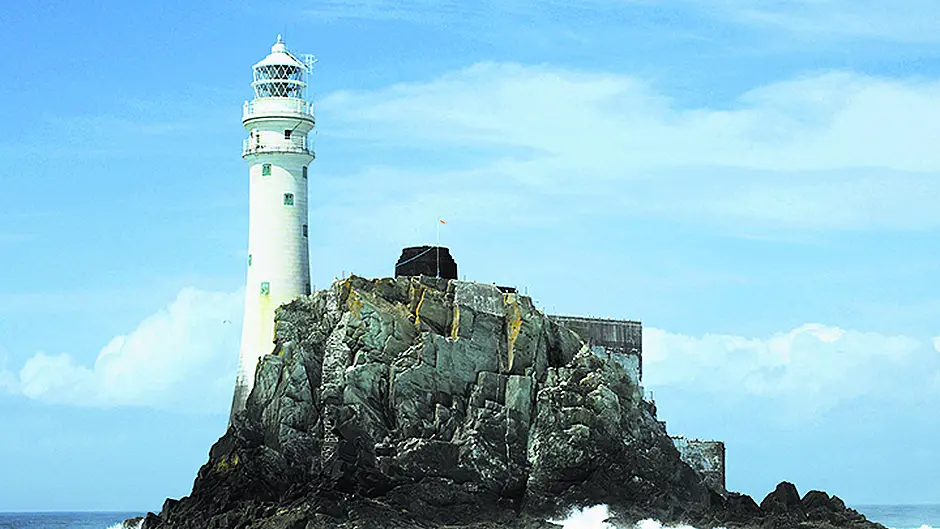Highly toxic mercury has been found at the Fastnet Rock – days after the newly-installed LED bulb went live, the Commissioners of Irish Lights confirmed.
HIGHLY toxic mercury has been found at the Fastnet Rock – days after the newly-installed LED bulb went live, the Commissioners of Irish Lights confirmed.
In a controversial move, Irish Lights this summer went ahead with a plan to remove the iconic light, and replace it with a more modern LED bulb.
Despite calls not to immediately remove the mercury, which was used as a rotation mechanism, Irish Lights went ahead and removed it in July.
However, soon after the new bulb was installed, there were reports of mercury in the vicinity of the famous lighthouse.
And this week Irish Lights confirmed that mercury had been detected at the site.
Mercury, commonly known as ‘quicksilver’, is highly toxic.
The World Health Organisation says that exposure to the element – even in small amounts – may cause serious health problems. It may have toxic effects on the nervous, digestive and immune systems, and on lungs, kidneys, skin and eyes.
It can also be ingested by humans via fish.
In a statement issued to The Southern Star, the Commissioners of Irish Lights said: ‘In July specialist contractors were at Fastnet Rock Lighthouse to empty the mercury bath and remove the mercury from the station. This work was completed and during a routine test to assess air quality immediately after the works, no presence of mercury was found.’
However, it added: ‘In the days that followed, during extremely hot conditions, meter readings detected higher levels of mercury in the air. All personnel were removed from the station and specialist contractors are assessing the source of the mercury and arranging for its safe removal. This work has been largely completed but it is intended that the specialist contractors will work with Irish Lights personnel when they return to the station in mid-August to recommence the capital works.’
A further statement explained that the mercury was removed on July 10th and levels were checked on 12th and found satisfactory. ‘Levels were rechecked on 17th and increased levels were found throughout the tower,’ it added.
London-based maritime lawyer Michael Kingston, originally from nearby Goleen, had been in discussions with Irish Lights earlier this year to seek a postponement of the removal of the mercury.
He had previously criticised the decision to go ahead with the removal of the old bulb and the mercury, without giving due process to the talks.
‘The haste and lack of respect for due process is symptomatic of the failure to understand the issues and the mercury spillage, if it has happened, is further evidence of this, but worse – it proves that the decision makers have brought bad luck upon themselves,’ he told The Southern Star this week.
The former Lloyds UK Maritime Lawyer of the Year said he was surprised that the admission of a detection of mercury at the Rock was only revealed after a query from this newspaper.
‘Quite why this has not been communicated to the local community in an open and transparent manner is symptomatic of the great rush, without thinking things through fully,’ he said.
He has also disputed a claim by Irish Lights that the visual appearance of the Rock has been unchanged by the new bulb.
‘There is a new top gantry around the lighthouse and the new light is on top, and it is nothing like the same characteristic, and looks pathetic compared to the sweeping beam,’ he said.
Earlier this year Irish Lights said the new beam would have a range of 18 nautical miles, compared to the previous 27.
In June, Mr Kingston appealed to Irish Lights to defer removing mercury, which, he said, would instantly render the old light inoperable.







